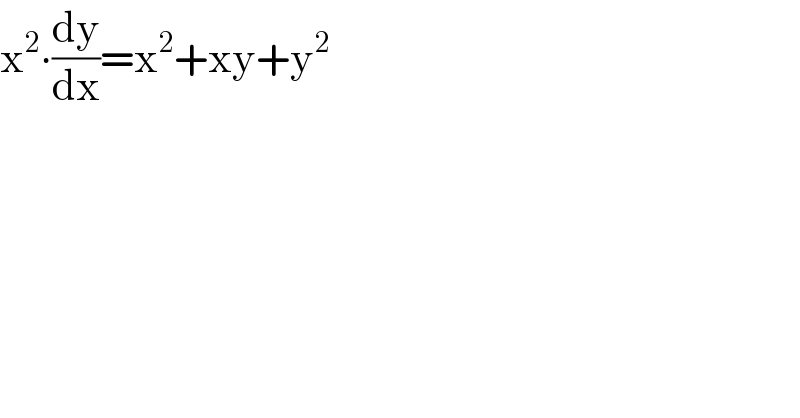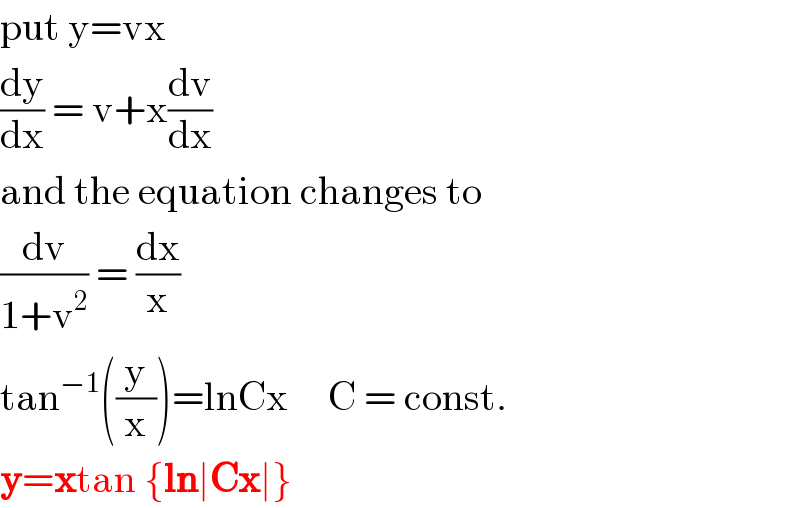
Question and Answers Forum
Previous in Differential Equation Next in Differential Equation
Question Number 102382 by Ar Brandon last updated on 08/Jul/20

Answered by PRITHWISH SEN 2 last updated on 08/Jul/20

Commented by Ar Brandon last updated on 08/Jul/20
Oh thanks, I didn't notice that.
